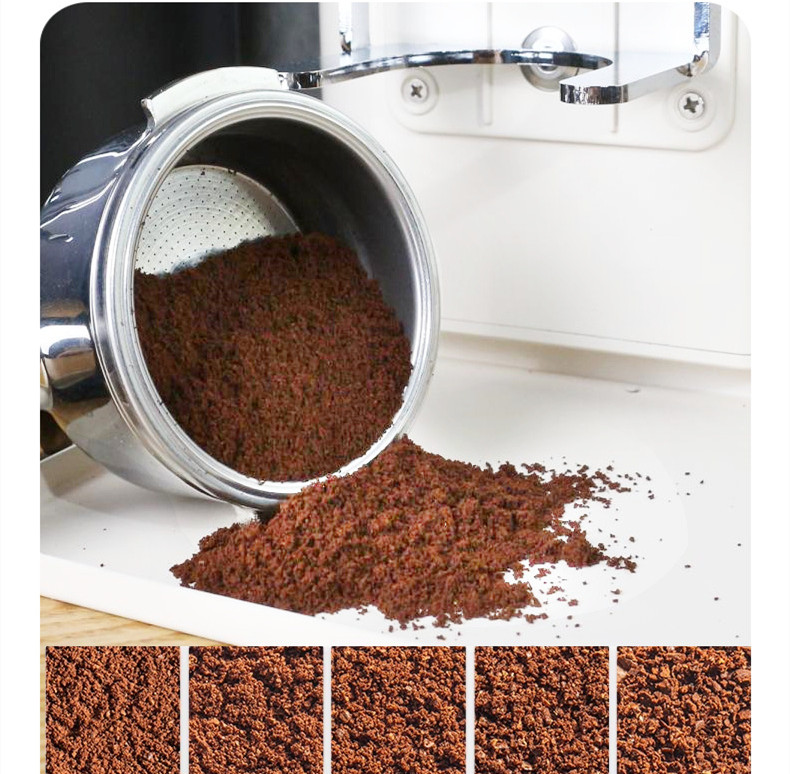Mastering Coffee Grinder Use Across Temperature Variations: Essential Techniques
Coffee grinders operate differently depending on ambient temperature, which can influence grind consistency, motor performance, and even the flavor of the final brew. Whether you’re working in a cold kitchen, a warm workspace, or fluctuating environments, adjusting your approach ensures optimal results. Below are practical strategies for adapting to diverse temperature conditions.
Cold Environments: Preventing Static and Grind Inconsistencies
Low temperatures reduce air moisture, increasing the risk of static electricity and causing fine coffee particles to cling to the grinder’s components. This leads to uneven grinds and messy cleanup.
- Warm beans slightly before grinding: Let whole beans sit at room temperature for 15–20 minutes if stored in a cold area. Cold beans are more brittle and may shatter irregularly, while slightly warmer beans grind more evenly.
- Use anti-static techniques: Lightly dampen a cloth and wipe the grinder’s hopper or chamber to reduce static buildup. Alternatively, grind a small amount of rice (if manufacturer-approved) to absorb residual oils and static charges.
- Avoid over-tightening settings: In cold conditions, metal burrs or blades may contract slightly, altering alignment. Start with a slightly coarser setting than usual and adjust based on output consistency.
Warm Environments: Managing Heat and Motor Strain
High temperatures accelerate motor wear and can cause coffee oils to become sticky, leading to clogs or inconsistent grinding. Overheating also risks altering the flavor profile of the beans.
- Ensure proper ventilation: Place the grinder away from direct sunlight, stoves, or other heat sources. Use a small fan to improve airflow around the machine during extended use.
- Grind in shorter bursts: Instead of continuous operation, pause for 30–60 seconds every 2–3 minutes to prevent motor overheating. This is especially important for entry-level models without built-in cooling systems.
- Clean burrs more frequently: Heat causes coffee oils to liquefy, increasing residue buildup. After each session, brush away loose grounds and wipe surfaces with a dry cloth to maintain efficiency.
Fluctuating Temperatures: Adapting to Daily or Seasonal Changes
Rooms that experience significant temperature swings—such as garages or uninsulated kitchens—require flexible approaches to maintain grind quality.
- Recalibrate settings seasonally: As temperatures rise or fall, test grind consistency and adjust settings marginally. For example, a medium grind in winter might need slight coarsening in summer due to humidity changes.
- Store the grinder in a stable environment: Avoid leaving it in areas prone to extreme shifts, like near windows or heating vents. A pantry or cabinet with consistent temperatures helps preserve internal components.
- Monitor bean behavior: Temperature affects bean density and moisture content. If grinds appear clumpy or uneven, experiment with adjusting the grind size or pre-conditioning beans at room temperature before use.
Extreme Conditions: Special Considerations for Outdoor or Industrial Use
In settings like outdoor cafes, food trucks, or workshops without climate control, additional precautions are necessary to protect both the grinder and the coffee quality.
- Use insulated storage for beans: Keep whole beans in airtight containers with thermal insulation to minimize temperature-induced moisture changes. Avoid transferring beans directly from cold storage to a warm grinder.
- Protect the grinder from direct exposure: If used outdoors, shield the machine from sunlight, rain, or wind using a canopy or enclosed counter. Sudden temperature drops (e.g., moving from air conditioning to heat) can cause condensation inside the grinder.
- Schedule maintenance checks: Frequent use in extreme temperatures accelerates wear. Inspect burrs, motors, and electrical connections monthly for signs of damage or misalignment.
By tailoring techniques to cold, warm, fluctuating, or extreme environments, users can ensure their coffee grinder delivers consistent performance and high-quality results regardless of external conditions. These adjustments protect the machine’s longevity while preserving the nuanced flavors of freshly ground coffee.


